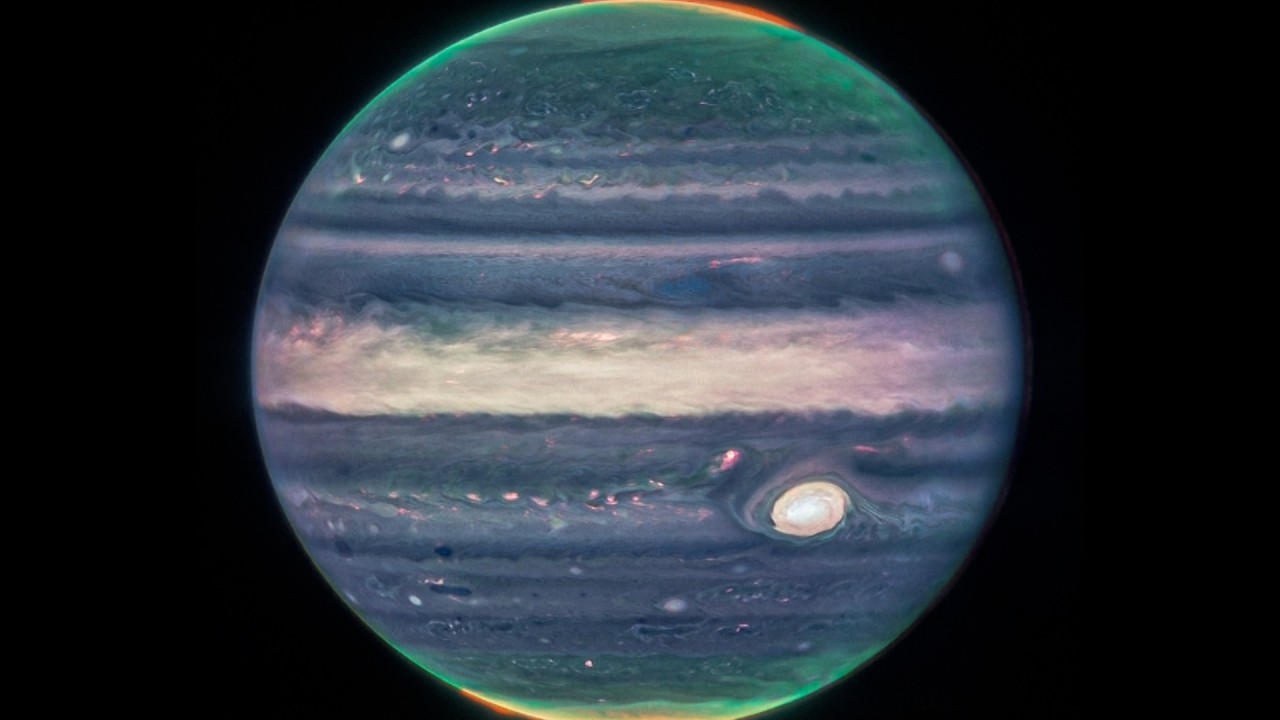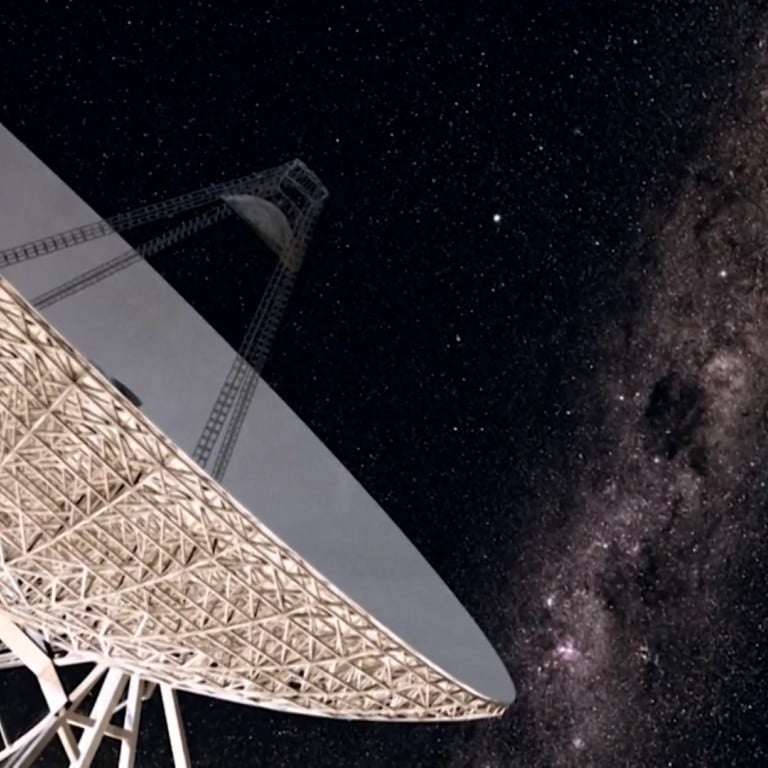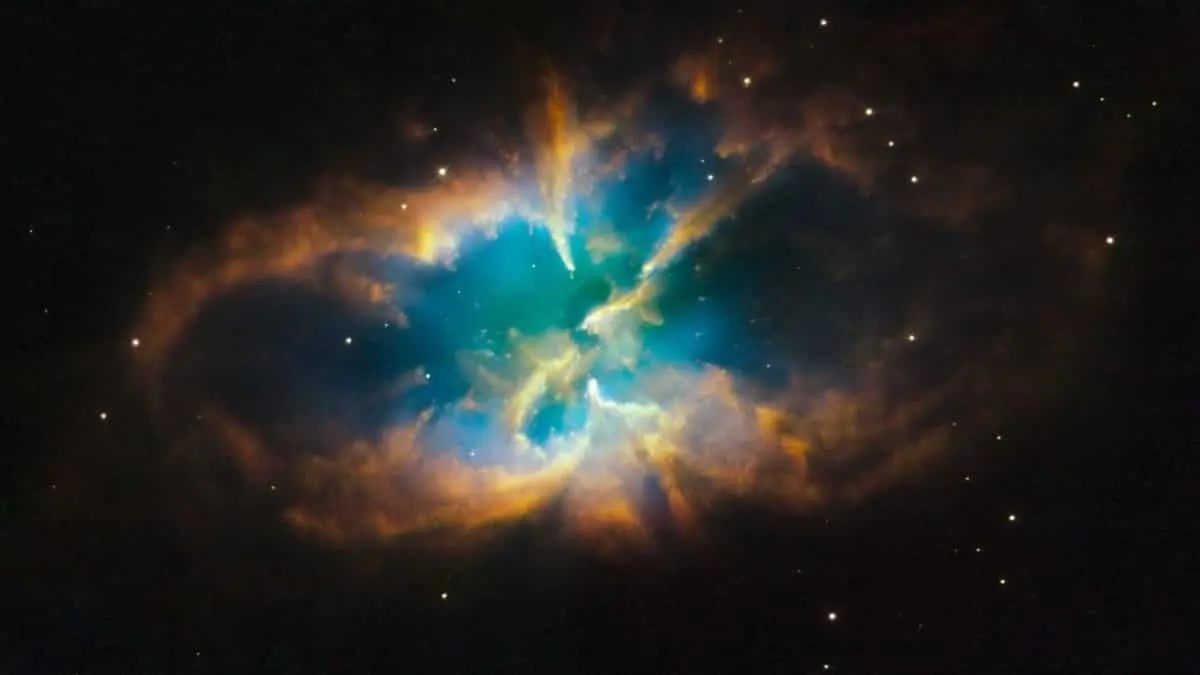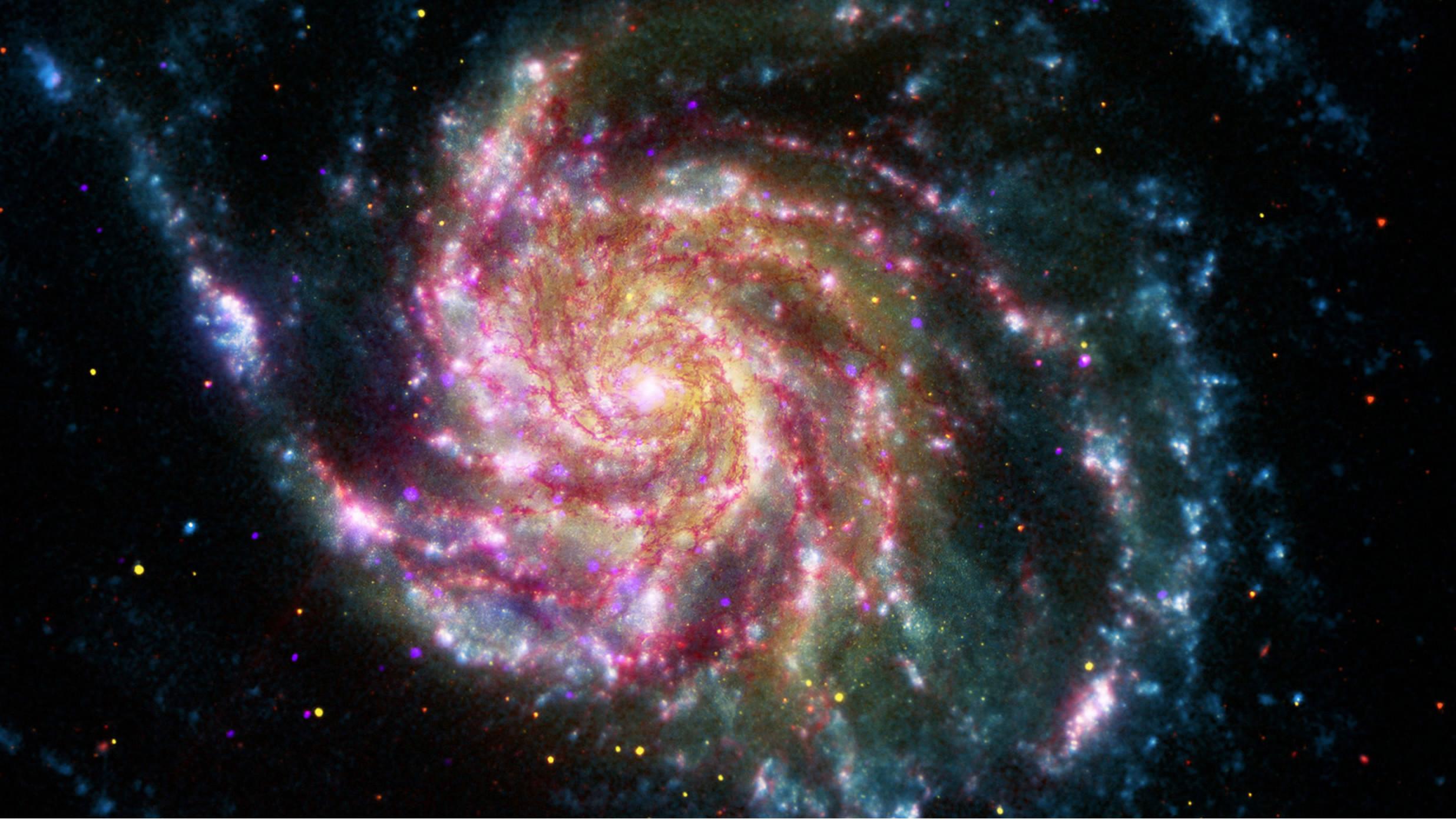The world’s first “lobster eye” space telescope, which will enable researchers to efficiently record X-ray images of the cosmos, has undergone successful testing in China.
The team published their findings in the peer-reviewed journal The Astrophysical Journal Letters last week. At 500km (310 miles) above the Earth, the 53kg (117lb) Lobster Eye Imager for Astronomy (LEIA) captured high-quality images of X-ray sources, such as the galactic center, the Magellanic Clouds, and the Scorpius constellation.

“We are really pleased with LEIA’s findings. The observation precision beyond our expectations, and they’ve demonstrated the viability of our technology, according to astrophysicist Yuan Weimin, the mission’s lead scientist from Beijing’s National Astronomical Observatory.
The Einstein Probe, a much larger telescope being created by Chinese and European scientists and set to be launched into orbit late next year to revolutionize understanding of the X-ray universe, will utilise LEIA’s technology.

Because of their strong penetrating power, X-rays are challenging to reflect and focus. No X-ray telescope in existence could capture high-resolution photographs of a sufficiently vast area of the sky, according to Yuan.Others could precisely observe one particular source but not many others, while some could scan the sky in a few hours but only saw the brightest sources.
In the 1970s, biologists discovered how crustaceans such as lobster and shrimp had developed eyes to adapt to murky living environments under water.Lobster eyes consist of numerous tiny square-shaped tubes, all pointing to the same spherical centre. Such a structure allows light from all directions to reflect inside the tubes and converge on the retina to give the lobster an unlimited field of view.

American astronomer Roger Angel proposed using a similar mechanism to help X-ray telescopes gain a wide and deep view at the same time.
His idea was a tough engineering challenge, though, and it has only just become a reality thanks to advancements in microprocessing technology and the development of a technique called micropore optics.Twelve modules that each contain more than 30 million square micropores will make up the main telescope on the Einstein Probe. A very tiny layer of iridium is applied to the 40 micrometer-long side pores to boost reflectivity.

With fewer than one nanometer of inaccuracy, the surface of the pores must be exceedingly flat and smooth, according to Yuan. The lobster-eye technology was created over a ten-year period by his team and engineers from North Night Vision Technology, a Nanjing-based business.
The Einstein Probe’s design enables it to view a region of the sky equivalent to 10,000 full moons. In contrast, the Chandra X-ray Observatory, N.A.S.A’s premier X-ray observatory, can only record images that are little larger than a full moon.As detectors to turn X-rays into electric signals for digital processing, the researchers also created complementary metal oxide semiconductor (CMOS) sensors.Although CMOS sensors are frequently employed in smartphone cameras, Yuan asserted that this is “possibly the first time they are used for X-ray detection in space.” He claimed that CMOS sensors were significantly less expensive, less energy-intensive in terms of cooling, and had quick readout times when compared to conventional CCD (charge-coupled device) sensors.
Once in orbit, the Einstein Probe is expected to detect a large number of faint or distant high-energy cosmic events for the first time. It will also be a game changer in the study of supermassive black holes at the centre of most galaxies.

The development of the telescope, according to Yuan, had been put off by the pandemic by a year, but it was now back on track for an anticipated debut in late 2023.Hardware for the 780 million yuan (US$111.6 million) project was provided by the European Space Agency and the Max Planck Institute for Extraterrestrial Physics in Germany. Yuan stated that the observation data would be distributed to colleagues in Europe and internationally.
Even though scientists from the US, Europe, and Japan have suggested related projects, none had advanced to the design stage, according to Yuan. Therefore, there won’t be much international rivalry when the Einstein Probe launches.


The telescope has a design lifespan of three years, but the team is aiming for five years, according to Yuan.As the Einstein Probe’s pathfinder mission, LEIA was launched on July 27 from northern China’s Taiyuan Satellite Launch Centre on board SATech-01, an experimental satellite.
Soucre: scmp.com








